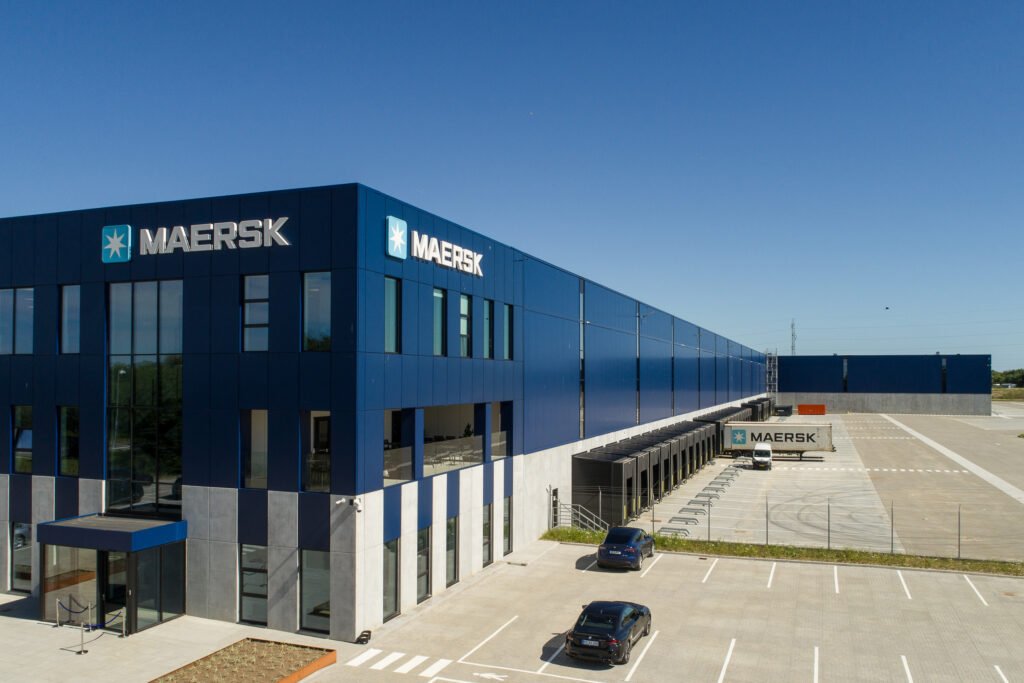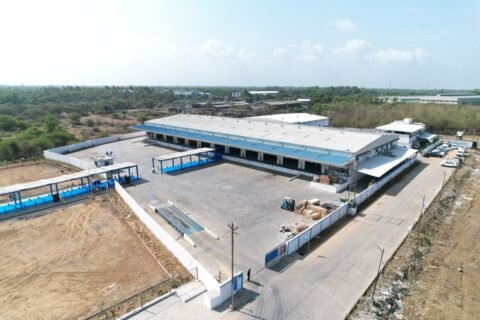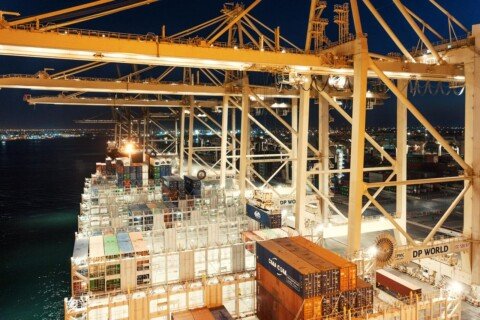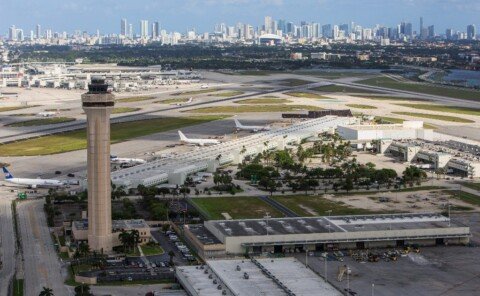Maersk recently inaugurated its first low greenhouse gas emission warehouse in Denmark, located in Taulov Dry Port, Fredericia. The facility’s launch, which brought together customers, local authorities, and partners for a ribbon-cutting ceremony and tour, marks a significant step in Maersk’s commitment to sustainable logistics.
This facility, Maersk’s first low-emission warehouse, sets new international standards for low-emission warehouses and logistics facilities. It aligns with the company’s goal to achieve net-zero CO2 emissions by 2040 across its operations. The warehouse will significantly enhance Maersk’s logistics footprint in the Nordics, improving the handling of cargo arriving by road, sea, and air.
“We are bringing to life a true logistics hub located right in the centre of the Danish Triangle Region. This will be a new centre of gravity, with easy access to the main infrastructure elements – ports, rail, and road, but also our air hub in Billund – making it a perfect and tangible example of integrated logistics solutions that are at the heart of Maersk’s strategy. More importantly, this facility directly responds to the needs of our customers, many of whom operate their own distribution centres and production facilities in the area,” said Birna Ödefors, Managing Director Nordics at Maersk.
The project is a joint venture between Maersk and Taulov Dry Port, owner of the land. The warehouse was constructed to BREEAM Excellent standards, ensuring zero direct emissions from operations.
“It is a great honour to hold the inauguration of Maersk’s new warehouse in Taulov Dry Port. Maersk has seen the value in locating their storage facility here, at Denmark’s multimodal transportation hub. Our good collaboration has now entered a new phase, and we look forward to its continuation,” said Rune D. Rasmussen, CEO of ADP A/S, operator of the Port of Fredericia and Taulov Dry Port.
The new facility complies with high environmental standards. All indoor and outdoor equipment is electrified, with solar panels installed on the entire roof and excess renewable energy produced being fed to the grid. Battery-driven trucks will be used for all shunting operations, and hydrogen stations are planned within 150 metres of the site.







